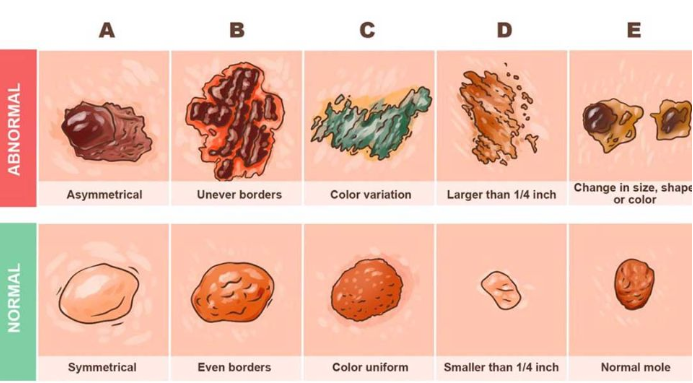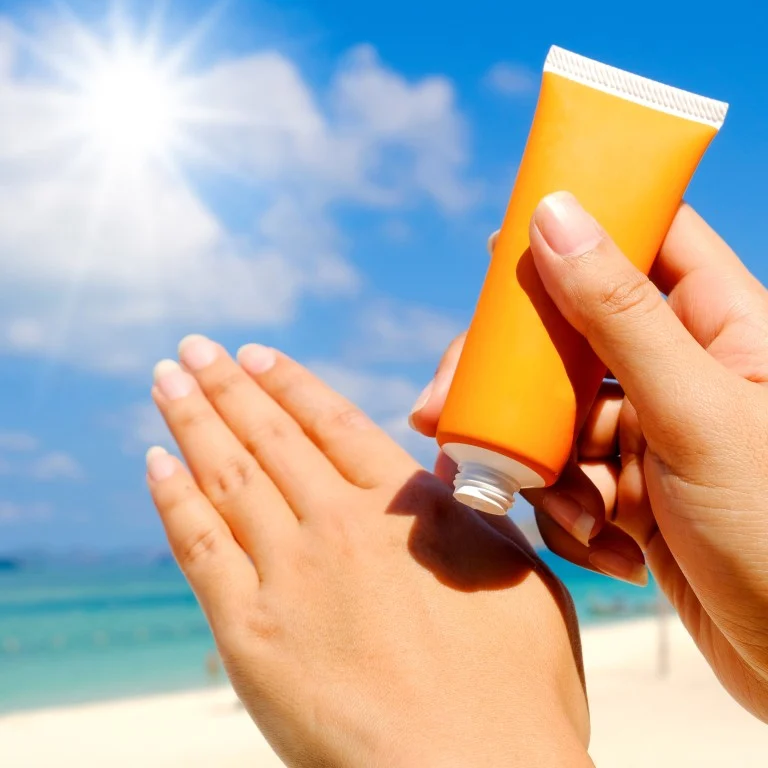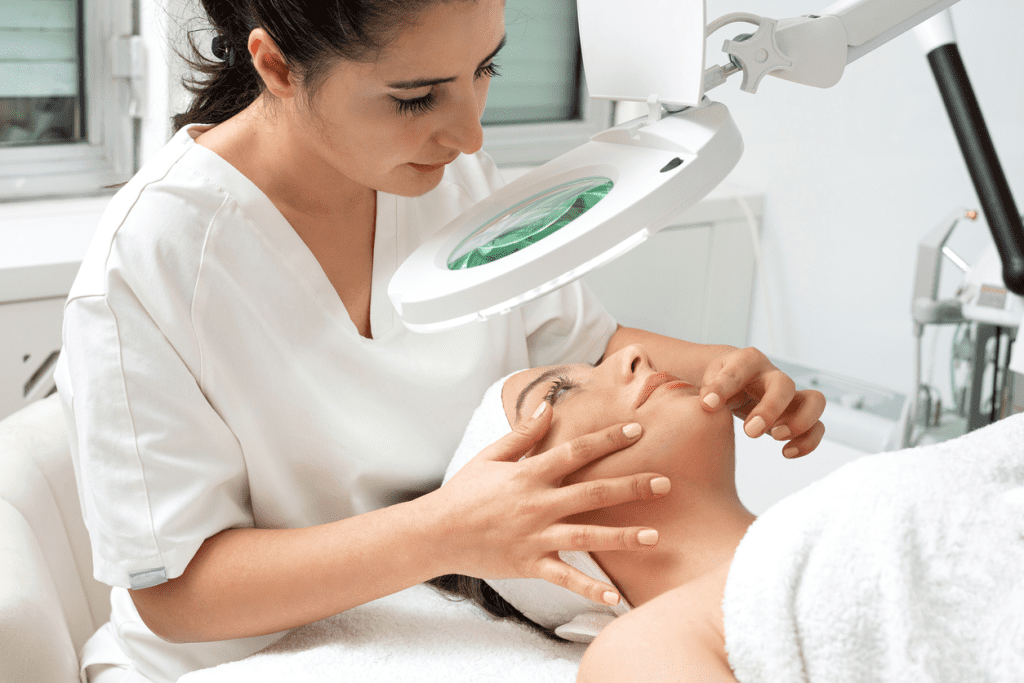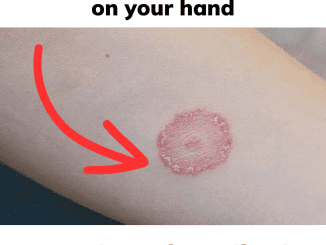Skin cancer, the abnormal growth of skin cells, is often linked to prolonged exposure to ultraviolet (UV) rays from the sun. While it’s the most common type of cancer globally, early detection dramatically increases survival rates. Among the different types of skin cancer, melanoma is the most dangerous, accounting for the majority of skin cancer-related deaths. Knowing how to identify early signs can make a significant difference. This guide will walk you through recognizing potential skin cancer indicators and essential steps for regular skin checks.

Understanding Skin Cancer: The Basics
Skin cancer develops when DNA damage from UV radiation triggers mutations in skin cells, leading to uncontrolled growth. The three main types of skin cancer include:
- Basal Cell Carcinoma (BCC) – The most common, typically appearing as a pearly bump or scaly patch.
- Squamous Cell Carcinoma (SCC) – Often looks like a red, scaly sore that can bleed or crust over.
- Melanoma – The most aggressive form, capable of spreading to other parts of the body. It can develop anywhere, even in places not typically exposed to the sun.
Melanoma, while rare, poses a high risk of metastasis, making early detection crucial. Regular self-examinations, along with professional check-ups, are essential for staying ahead of this disease.
The ABCDE Rule: Key Signs of Melanoma
When it comes to identifying suspicious spots, moles, or growths on your skin, the ABCDE rule is your best friend. This easy-to-remember guideline helps you spot warning signs of melanoma:
A: Asymmetry
Healthy moles are typically symmetrical—meaning one half mirrors the other. However, if one half of a mole doesn’t match the other, it’s a red flag. When performing self-checks, imagine drawing a line through the mole: the halves should look the same.
B: Border
Examine the edges of moles. Normal moles have smooth, even borders. In contrast, melanomas often have irregular, jagged, or blurred edges. If you notice that a mole has a scalloped or poorly defined border, consult a dermatologist.
C: Color
Moles generally have a uniform color, whether they’re brown, black, or tan. A mole that contains multiple colors—such as various shades of brown, black, red, or even white—may be a sign of melanoma. Uneven coloring, particularly with darker or lighter areas within the same mole, is a potential concern.
D: Diameter
Melanomas are usually larger than 6 millimeters in diameter (about the size of a pencil eraser). While melanomas can be smaller, any mole exceeding this size should be checked by a doctor. It’s crucial to remember that size isn’t the only factor—small moles can also be dangerous if they display other ABCDE characteristics.
E: Evolving

Pay attention to changes over time. Moles that change in size, shape, color, or elevation are often the most alarming. Additionally, watch for new symptoms such as bleeding, itching, or crusting, which could indicate a problem.
How to Perform a Thorough Skin Check
Regular self-exams are vital for detecting changes early. Aim to conduct a full-body check every month, following these steps:
1. Use the Right Tools
- Full-Length Mirror: Essential for viewing larger areas.
- Hand Mirror: Helps you see hard-to-reach areas like the back of your thighs, neck, and scalp.
- Bright Light: Ensures you don’t miss small changes or subtle differences.
2. Examine Your Body from Head to Toe
- Face and Scalp: Check your forehead, nose, ears, and around the hairline. Use a comb to separate hair sections for a closer look at the scalp.
- Upper Body: Inspect your neck, chest, and stomach. Pay attention to the underarm area and sides of the torso.
- Arms and Hands: Don’t forget the undersides of your arms, between your fingers, and the palms of your hands.
- Lower Body: Examine the front, back, and sides of your legs, as well as between your toes and the soles of your feet.
3. Map and Track Moles
Using a printable body map can help you track the appearance and evolution of moles. Mark any moles or spots you want to keep an eye on, noting size, color, and shape. Compare your findings during subsequent checks to identify any changes promptly.
The Importance of Early Detection
According to the Skin Cancer Foundation, more people are diagnosed with skin cancer each year than all other cancers combined. The following statistics highlight the critical need for early detection:
- One in five Americans will develop skin cancer by the age of 70.
- Melanoma causes one death every hour, with nearly 9,000 deaths annually in the U.S. alone.
- When detected early, the 5-year survival rate for melanoma is 99%—showing just how crucial timely detection is.
These statistics underline why it’s vital to conduct regular skin checks and stay vigilant about any unusual changes.
Protecting Your Skin from UV Damage
Prevention is always better than treatment. While regular checks are necessary, reducing exposure to UV rays can significantly lower your risk of developing skin cancer.
1. Apply Sunscreen Every Day

Use a broad-spectrum sunscreen with at least SPF 30, even on cloudy days. Apply it 15 minutes before going outside and reapply every two hours, especially after swimming or sweating.
2. Wear Protective Clothing
Opt for long-sleeved shirts, wide-brimmed hats, and sunglasses with UV protection when spending time outdoors. Clothing with built-in UV protection offers an extra layer of defense.
3. Seek Shade During Peak Hours
UV rays are strongest between 10 AM and 4 PM, so try to seek shade during these hours. This doesn’t mean you can’t enjoy the sun—just be mindful of direct exposure during this time frame.
When to See a Dermatologist

If you notice any suspicious changes during your self-exams, it’s essential to consult a dermatologist promptly. You should also schedule a professional skin check once a year, even if you don’t notice any changes. Dermatologists can identify potential problems that may not be visible to the untrained eye.
Conclusion: Be Proactive, Be Protected
Skin cancer can be life-threatening, but it is also highly treatable when detected early. Regular self-examinations, professional screenings, and protective measures against UV exposure are crucial steps in reducing your risk. Remember your ABCDEs, conduct thorough skin checks, and consult a healthcare professional if you notice any unusual changes. By being proactive, you can protect yourself and potentially save your life. Don’t wait—start your skin check routine today.


